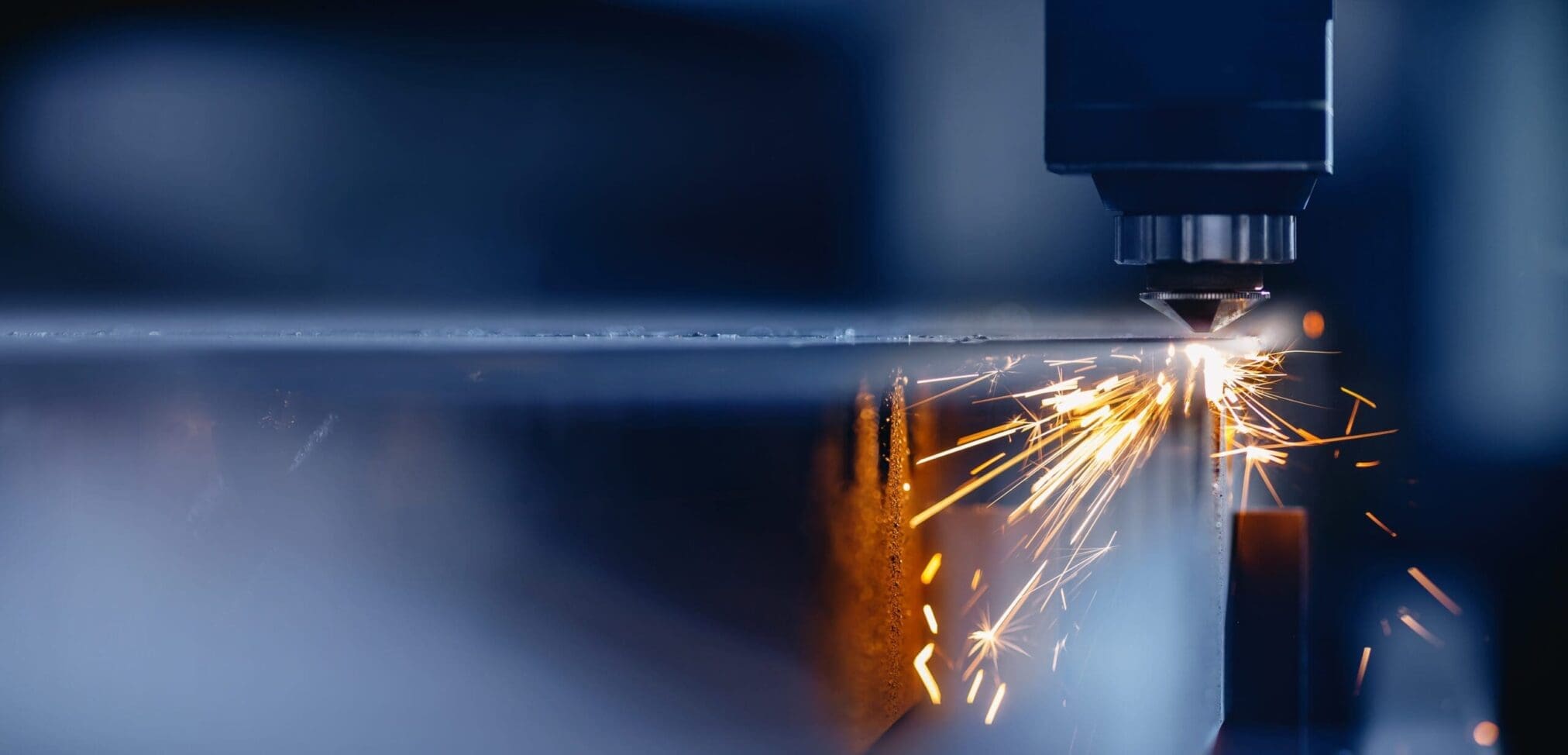Plastic microbeads are man-made solid plastic particles, smaller than 5mm, that are intentionally added to some rinse-off personal care and cosmetic products used to exfoliate or cleanse.
These tiny pieces of plastic end up in the oceans and are swallowed by marine life. For this reason, in the recent years there has been an increasing concern on this plastic litter in the marine environment that can harm ecosystems.
Despite the fact that plastic microbeads from cosmetic products represent a very small fraction of the overall microplastics in the marine litter, many companies are looking to replace this substance of their products, or have already done so, using some other products as alternatives.
In 2015, Cosmetics Europe recommended to the cosmetic industry to discontinue the use of these harmful substances in their products. The aim of these recommendation was to cease the use of plastic microbeads by 2020.
This last year 2018, these recommendations together with the voluntary action from the industry made possible that 97.6% of plastic microbeads used in cosmetic and personal care products were phased out between 2012 and 2017.
This would not had been possible without the efforts from the industry to research, invest and reformulate the products, looking for suitable alternatives and achieving a successful outcome on the objective of removing all plastic microbeads in cosmetic products.
At a EU level, there is a strong political pressure to take regulatory action against microplastics. Although there is no regulation yet banning this substance, it is being discussed and some countries are pushing for a EU-wide ban. Some other countries are also planning national bans on rinse-off cosmetics containing microbeads, and others such as France or UK have already banned their use.
In the meantime, the European Commission has mandated ECHA (European Chemicals Agency) to prepare a restriction dossier considering the use of intentionally added microplastics in products, not only in cosmetics, but all sectors. The initial dossier is expected to be completed by January 2019.


